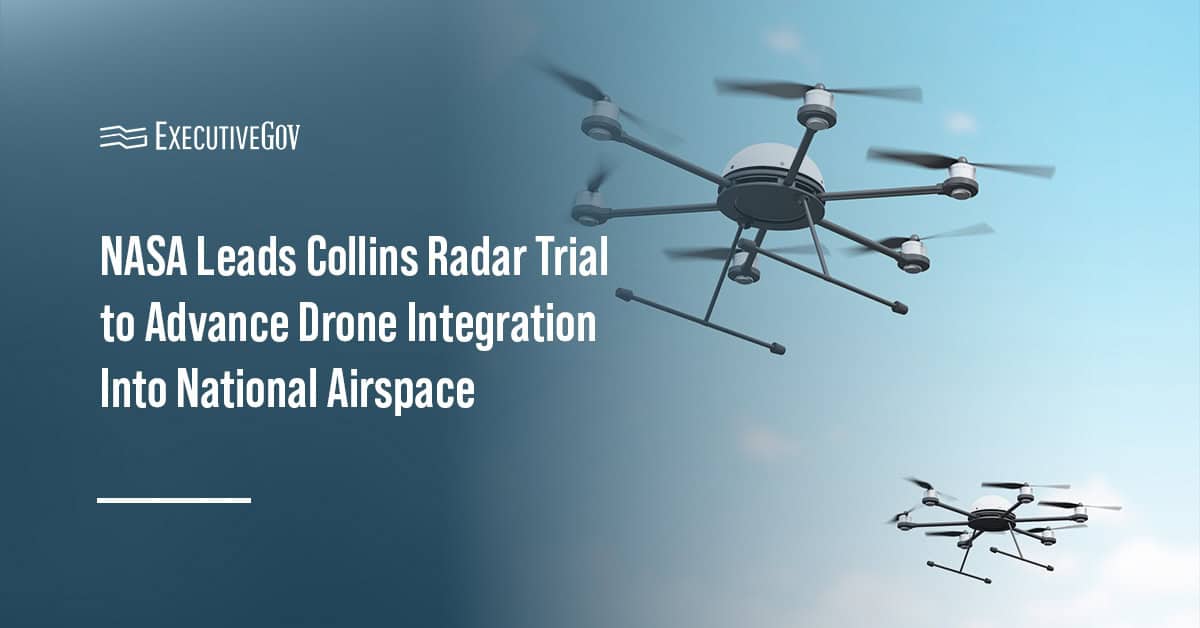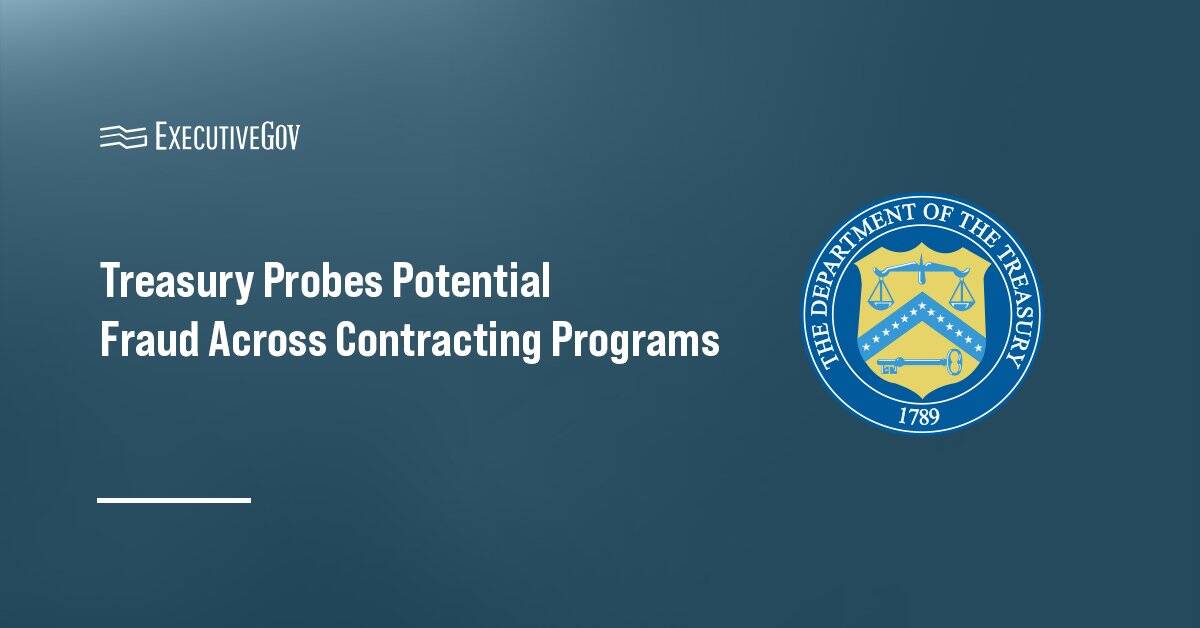NASA, Wisk Aero and Collins Aerospace recently conducted a test of a tool that could enable remotely piloted aircraft to operate in the national airspace and transport people or deliver goods within urban areas.
The space agency said Tuesday that its Air Traffic Management eXploration project, known as ATM-X, assisted Wisk Aero’s Bell 206 light turbine helicopter flight in Hollister, California, to test Collins’ ground-based radar.
ATM-X is an initiative intended to identify the technologies the Federal Aviation Administration needs to facilitate the safe integration of drones and air taxis into the national airspace.
Collins’ Ground-Based Radar Demonstration
During the test, the Collins radar collected and transmitted aircraft location data to NASA’s Mission Visualization Research Command Center at Ames Research Center in California. Initial analysis determined that radar actively and accurately surveilled the airspace throughout the flight.
By monitoring and sharing location data, the organizations can enable remotely piloted aircraft operators to detect and avoid other aircraft and keep the airspace safe.
NASA, Wisk and Collins will continue to analyze flight data collected during the test to better understand radar performance.
NASA and Wish will also work together on potentially integrating electric vertical takeoff and landing vehicles, or eVTOLS, into the national airspace.





